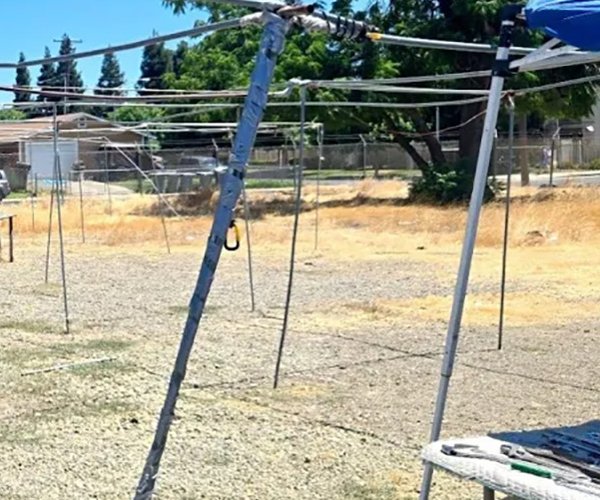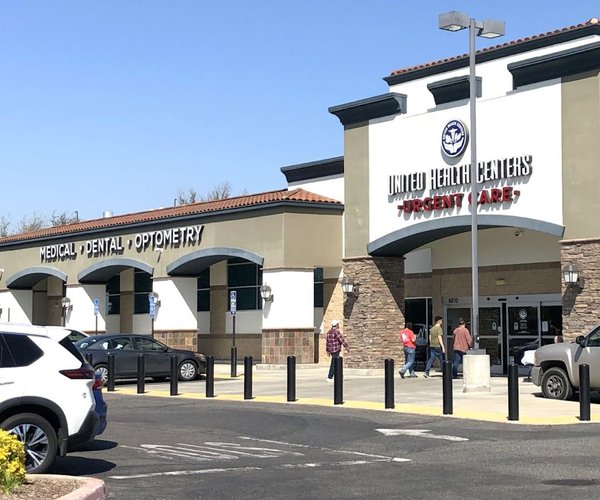When the State Water Resources Control Board released the final draft proposal of its plan to increase water flows through local rivers for the benefit of fish and wildlife earlier this month, it gave the public 21 days to comment either in favor of or against the widely-disputed strategy.
State legislators representing the Central Valley don’t think the time frame is long enough.
In a July 19 letter addressed to State Water Board Chair Felicia Marcus, Assemblyman Heath Flora (R-Ripon), Assemblyman Adam Gray (D-Merced), Senator Anthony Cannella (R-Ceres), Senator Cathleen Galgiani (D-Stockton) and Senator Tom Berryhill (R-Modesto) called on the board to extend the public comment period for the Bay-Delta Plan and to delay the board’s Aug. 21-22 hearing, where they will consider adopting the plan.
The group of lawmakers believe the Bay-Delta Plan ignores stakeholder concerns and dismisses expert scientific testimony, they said, adding in their letter that a 21-day comment period is inadequate.
“It has come to our attention that the State Water Resources Control Board intends to move ahead with their Bay-Delta Plan to release 40 percent of natural river flows to the Bay-Delta to bolster the populations of fish and other species. This plan would double the amount of water that is currently allocated for such purposes,” the letter reads. “Last year the State Water Board’s regional public hearings saw thousands of Central Valley residents and other stakeholder show up to voice their concerns with the plan because of the estimated damage to agriculture, the economy, groundwater and the quality of life.”
Along with Flora, Gray, Cannella, Galgiani and Berryhill, local farmers and water agencies feel as if the State Water Board has indeed waged a water war on the San Joaquin Valley. The first draft of the plan, which also included 40 percent unimpaired flows, was released in September 2016, and in December 2016, hundreds of locally-elected officials, water and agricultural leaders, agency representatives and community members addressed the Board in Modesto, sharing the potential impacts the water grab could have on the farming community.
Now, the public has until July 27 to make their thoughts on the plan known one last time before the board decides whether or not to adopt the proposal.
As detailed in the final draft proposal released on July 26, the State Water Board proposes increasing flows to provide habitats for fish and wildlife upstream of the Delta from February to June, which are the critical months for protecting migrating fish on the Stanislaus, Tuolumne and Merced rivers. A 40 percent unimpaired flow requirement, within a range of 30 to 50 percent, is proposed because “it can improve conditions for fish and wildlife considerably without more challenging impacts on other water users,” according to the Board.
The Board added that the local native fish population has declined dramatically, bringing some species to the brink of extinction. For example, approximately 70,000 fall-run Chinook Salmon adults returned to the San Joaquin Basin in 1984 but only 40,000 were counted in 2010. As of 2014, that number had fallen to 8,000.
Last summer, Turlock Irrigation District endorsed an alternative plan, the Tuolumne River Management Plan, to help save the area’s native fish, which includes stream-bed gravel restoration, predator control and the strategic placement of rocks and trees along the river to provide a better habitat for fish migrating up the Tuolumne, rather than the increased flows proposed by the State Water Board, in addition to various other methods.
In order to demonstrate the implications of the unimpaired flows, TID, along with Modesto Irrigation District, looked at data from 2015 to determine that the state’s plan would lead to $1.6 billion in economic output loss, $167 million in farm-gate revenue loss, $330 million in labor income loss and the loss of nearly 7,000 jobs.
On July 16, TID signed onto a letter as part of the San Joaquin Tributaries Authority, joining other local water agencies in asking the board to prolong the public comment period and hearing as well, but their request was subsequently denied.
In their denial letter, the State Water Board stated that since the proposed final plan amendments do not contain significantly new information from plan proposals released prior, a second recirculation of the document is not required.
Moving forward, the local legislators are still waiting to hear back from the State Water Board. If they receive a denial as well, the board will move ahead with a vote on the proposal at its Aug. 21-22 meeting. Local opposition groups are planning to rally on Aug. 20 on the steps of the State Capitol in protest of the plan, and more information can be found at www.worthyourfight.org.









